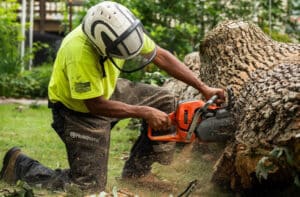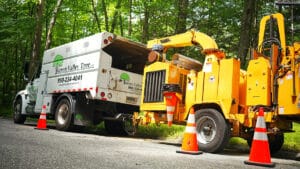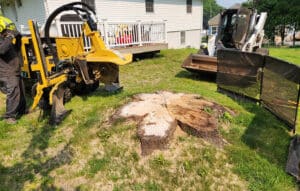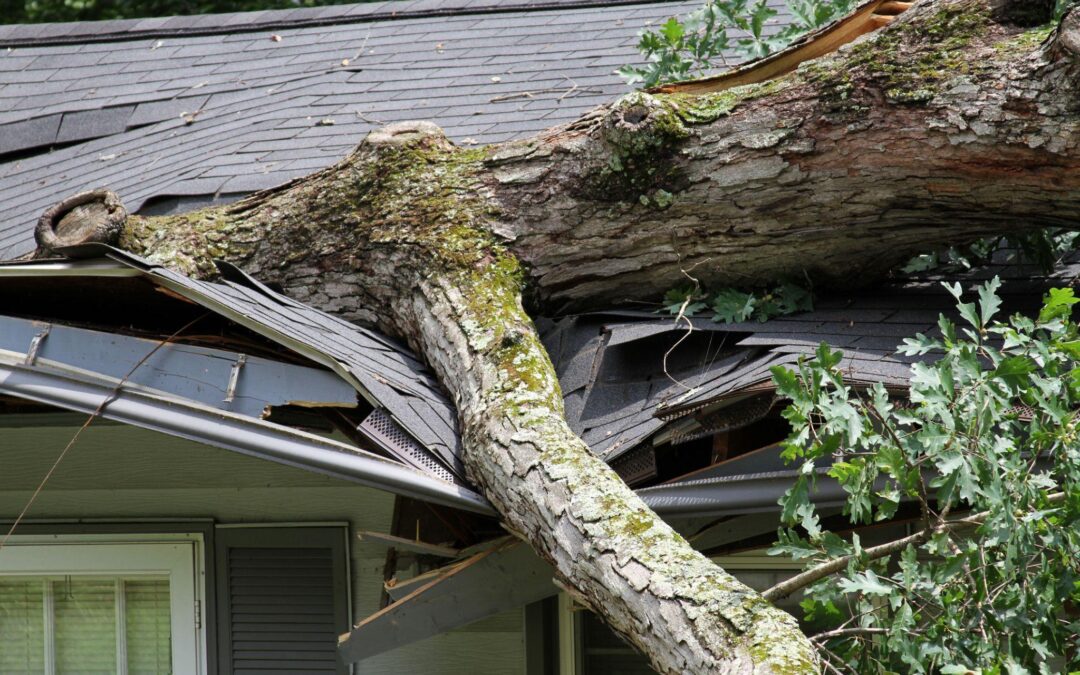Storm-Proofing Your Trees: What Every CT Homeowner Should Know
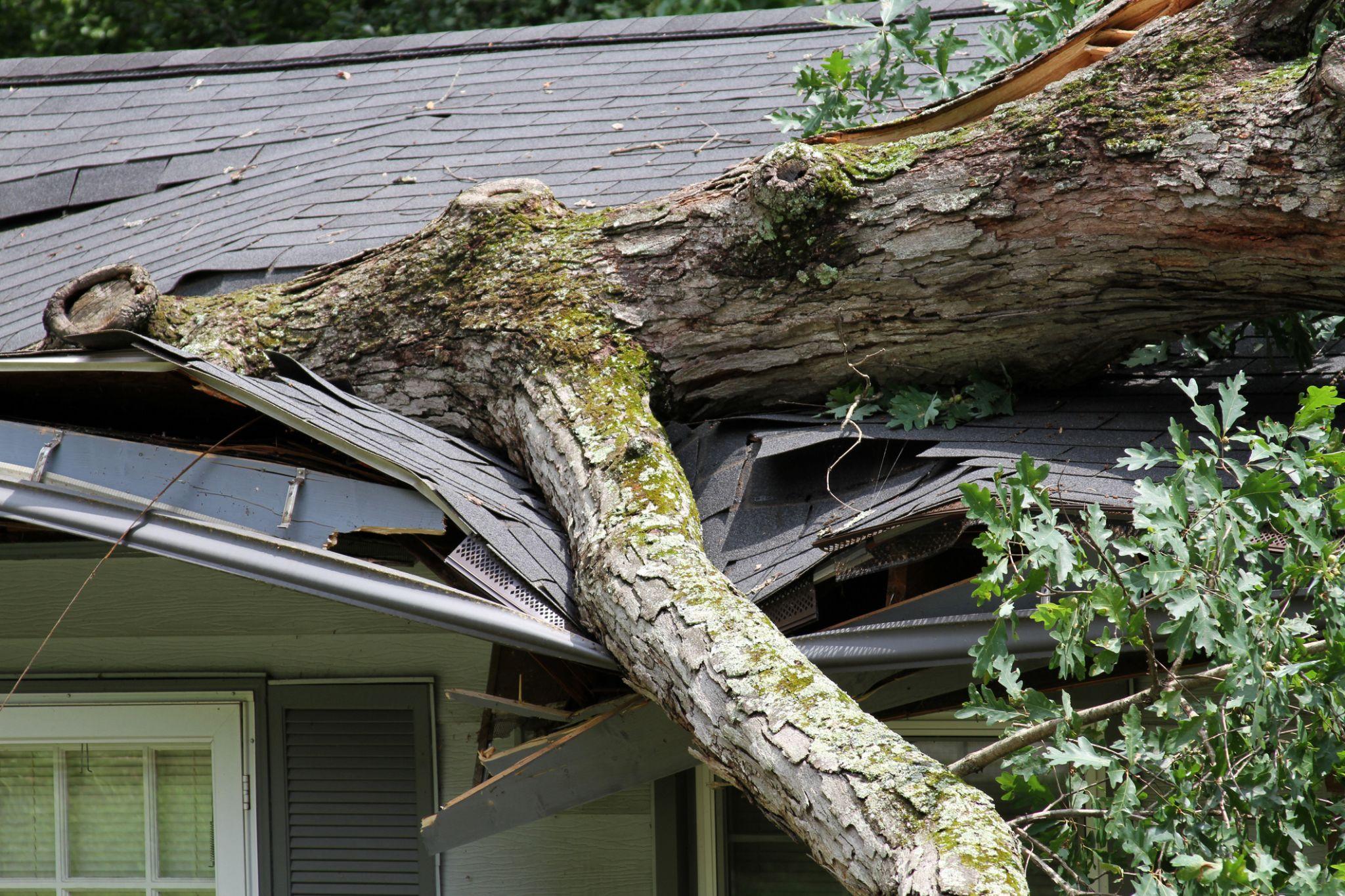
How to Protect Your Connecticut Property From Tree Damage This Storm Season
In Connecticut, we’re no strangers to turbulent weather—especially from late spring through hurricane season in the fall. From the shoreline in towns like Branford and Guilford to inland communities like Avon and Glastonbury, homeowners see everything from heavy wind gusts to torrential rain and even microbursts.
If you’ve ever walked outside after a storm to find a cracked limb dangling precariously or a tree leaning where it didn’t before, you know just how vulnerable our landscapes can be. That’s why storm-proofing your trees is one of the smartest things you can do to protect your home, your safety, and your property value.
This article will walk you through every aspect of preparing your trees for severe weather in Connecticut. You’ll learn from the pros at Green Valley Tree, who have been helping families across the state keep their yards safe, secure, and storm-resilient.
Storm-Proofing Your Trees
Storm-proofing your trees involves preventive care like strategic pruning, structural assessments, and installing support systems that minimize the risk of falling limbs or uprooting during storms. It’s not just about trimming back branches—it’s about understanding tree biology, wind patterns, soil health, and how all those elements interact during extreme weather events.
Why Connecticut Homeowners Must Be Prepared
Connecticut’s unique geography and four-season climate make it prone to sudden weather changes. In places like West Hartford or Wallingford, one intense summer storm can bring down decades-old oaks or maples, damaging homes, power lines, and vehicles.
In 2020, Tropical Storm Isaias alone caused over $20 million in damage across the state—a clear signal that being proactive is a necessity, not a luxury.
Common Tree Damage Caused by Storms
Understanding the risks helps you plan. In towns like Meriden and Manchester, we’ve seen these typical storm-related issues:
- Windthrow – trees uprooted completely
- Limb breakage – branches snapping off and crashing onto roofs or cars
- Lightning strikes – which can kill a tree from the inside
- Soil saturation – weakening the root system, especially in clay-heavy soils common in northern CT
Assessing Tree Risk: Know Your Yard’s Danger Zones
Take a walk through your yard. Look for:
- Trees leaning at odd angles
- Cracks in the trunk or branches
- Fungi or rot near the base
- Roots lifting from the soil
If you live in older neighborhoods like Mystic or Litchfield, large mature trees can look majestic—but they’re also more vulnerable due to age and structural decline.
Tree Species That Are More (or Less) Vulnerable in CT
Some species naturally handle storms better than others. For example:
- Less resilient: Silver maples, Bradford pears, and Norway spruces
- More storm-tolerant: White oaks, bald cypress, and tupelos
If you’re landscaping in towns like Middletown or Torrington, these choices can make all the difference.

Signs a Tree Is Structurally Unsound
Warning signs include:
- Hollow trunk sounds when tapped
- Bark falling off
- Mushrooms or soft spots on roots
Ignoring these signs, especially in storm-prone zones like Groton or Danbury, can result in costly consequences.
The Importance of Professional Tree Inspection
Before the next nor’easter or summer squall, have a certified arborist inspect your property. At Green Valley Tree, we offer comprehensive storm-readiness evaluations tailored to the unique tree species and soil types across Connecticut.
Tree Pruning Techniques That Reduce Wind Resistance
Proper pruning isn’t about chopping randomly. It involves:
- Crown thinning – allows wind to pass through the canopy
- Removing deadwood – less weight and better flexibility
- Directional pruning – keeps branches away from structures
From Essex to East Hampton, our crews know how to do it right.
What Not to Do When Pruning Before a Storm
Don’t:
- Top your trees – weakens their structure long-term
- Over-prune – removes too much weight at once
- Use dull tools – can damage bark and invite disease
Understanding Tree Bracing and Cabling
Some trees—like the iconic red maples in Farmington—can benefit from bracing rods or flexible cabling that supports weaker limbs during high winds. This discreet hardware is especially useful for multi-trunk trees or those with V-shaped forks.
Root Zone Protection for Stronger Storm Resistance
You don’t always see root damage until it’s too late. Pro tips:
- Apply mulch (not too deep) around the base
- Avoid driving or parking under trees
- Ensure proper drainage in sloped areas
Tree Support Systems: Stakes, Anchors, and More
For younger trees in towns like Southington or New Milford, anchoring is key. We recommend:
- Stake for 1–2 years after planting
- Use flexible ties that allow slight movement to strengthen roots
Should You Remove a Tree Before a Storm?
Sometimes, removal is the safest route. If a tree is:
- Dead or dying
- Too close to a home
- Heavily leaning or cracked
…it may be time to call us. And yes, we’ll handle permits too.
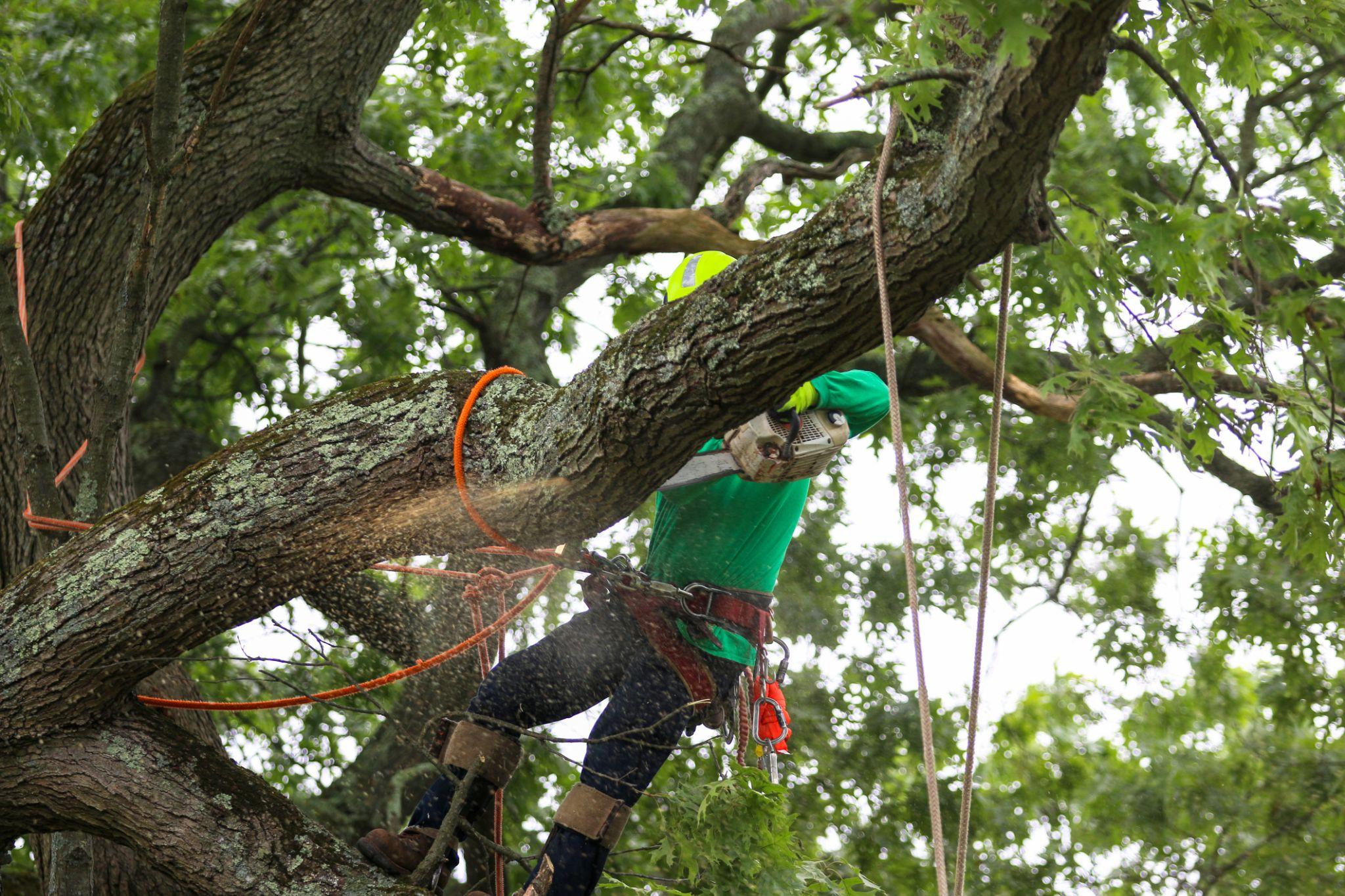
Tree Removal Laws in Connecticut
In cities like New Britain or Stamford, you might need a permit for certain removals—especially if the tree is near a public road or on protected land. Check with your local zoning office or let Green Valley Tree handle it for you.
Preparing Newly Planted Trees for Severe Weather
- Stake them securely
- Water consistently
- Avoid heavy fertilization before storms (can promote weak growth)
Lightning Protection Systems for Valuable Trees
Yes, trees can be fitted with lightning rods. If you have an old sugar maple or a prized copper beech in Ridgefield, this might be worth the investment.
How Wind Patterns Affect Tree Damage in CT
Understanding prevailing wind directions—which differ from shoreline towns like Old Saybrook to hilly areas like Avon—can help with planting orientation and pruning strategies.
Emergency Plans: What to Do After a Tree Falls
- Stay away from downed power lines
- Call 911 if there’s danger
- Document damage for insurance
- Call Green Valley Tree for safe, insured emergency removal
Post-Storm Tree Recovery Tips
Once skies clear:
- Prune clean breaks (don’t leave stubs)
- Fertilize lightly to promote healing
- Deep water for several weeks
When to Call a Certified Arborist in CT
Look for:
- ISA Certification
- Insurance and bonding
- Local reviews (check ours for feedback from Hamden to Hartford)
How Wind Patterns Affect Tree Damage in CT
Understanding prevailing wind directions—which differ from shoreline towns like Old Saybrook to hilly areas like Avon—can help with planting orientation and pruning strategies.
Myths About Storm-Proofing Trees
Myth: Topping trees makes them safer.
Truth: It actually makes them weaker.
Myth: All tree work can be DIY.
Truth: Improper cuts can cause irreparable harm or injury.
Smart Tree Planting for Future Storm Safety
- Don’t plant too close to structures
- Choose native species
- Space trees to avoid canopy collisions
This matters more than ever in developing suburbs like Berlin or Colchester
How Green Valley Tree Can Help You Prepare
Whether you’re in Middletown, Milford, or Mystic, Green Valley Tree is ready to:
- Assess your tree risk
- Perform expert pruning and bracing
- Remove hazardous trees with proper permits
- Provide 24/7 emergency service
Contact us today to schedule your storm safety evaluation
Conclusion
Storms are unpredictable—but your tree care doesn’t have to be. Take action before the skies darken. Your safety and peace of mind are worth it.
Let Green Valley Tree help you storm-proof your trees and protect your home—schedule your consultation today.
FAQs About Storm-Proofing Trees in Connecticut
Do I need to prune every tree before a storm?
No, just the ones near structures or showing signs of weakness.
What trees are most likely to fall?
Leaning trees, those with root rot, or shallow root systems.
Is tree cabling permanent?
No, but it can last 10+ years with maintenance.
Can I DIY storm-proofing?
Light pruning, maybe. But structural support needs a pro.
When is the best time to storm-proof trees?
Early spring or late summer, before peak storm season.
How much does a tree inspection cost in CT?
Initial inspections range from $150–$350 depending on property size.

